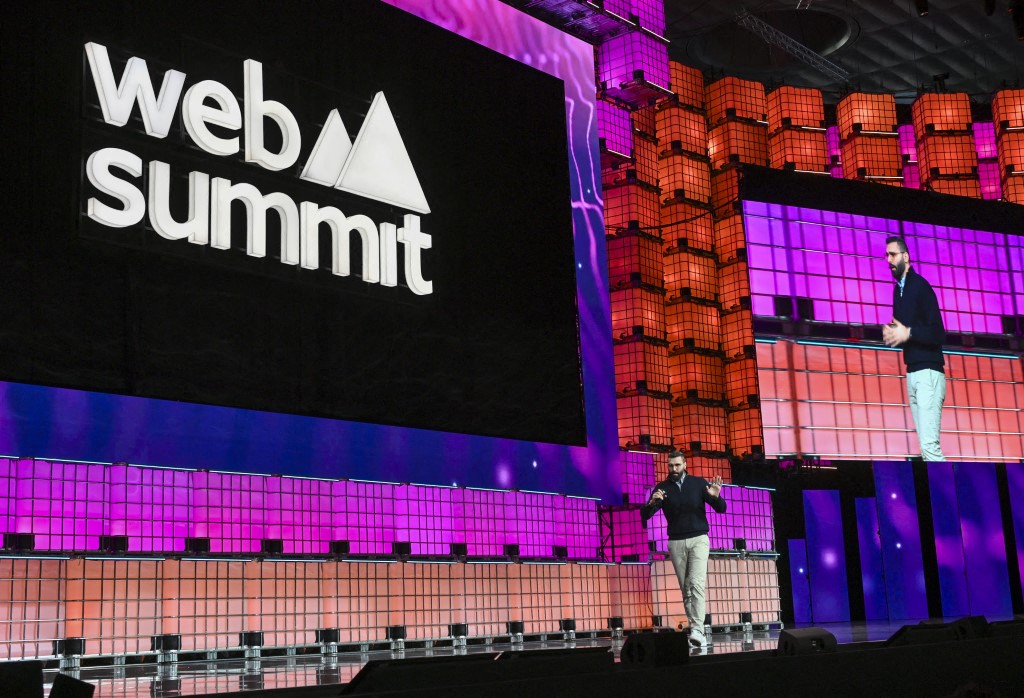Joe Maari, director of digital strategy at OMD, on how ad blockers affect digital media and the advertising industry.
I’ve been using the Adblock Plus plugin on my Firefox browser (yes, I don’t use Chrome) since it released version one, years ago. I do have a few excluded websites like Facebook and popular news and community portals in order to keep an eye on the digital ad industry. However, I would definitely block all YouTube True View ads because the last thing that you want when you are watching a calming documentary about nature, trying to fall asleep, is to get startled by the loud music of a cheesy and Arabized TVC that is a crude spin-off of the older, Western concept it was copied from.
The Adblocker plugin blocks the ads and the best example of its effect on online businesses is Google’s ad revenue during the first three quarters of 2013. Google Adsense revenue, which since 2003 has constituted 98 percent of Google’s overall income, suddenly stagnated and even experienced a momentary decline. Only after the mass adoption of programmatic advertising in the global market – and the introduction of more product/technology innovations on Google’s part – did their revenues eventually stabilize.
If you run a quick Keyword Traffic Report on Google Adwords (on a global level) you will notice that the “adblock” keyword skyrocketed on Google Search starting from January 2013, as the statistic reveals. In Lebanon on the other hand, it was only in July of the same year that the same search trend was noticed. So if anyone asks you how long a certain (Western) technology needs to get widespread in Lebanon, you say three to six months.
The digital ad industry needs to evolve ASAP before risking losing all digital has achieved over the years. Luckily enough, the solution already exists, and it’s down to the digital agencies to educate and make their clients, publishers and peers aware of this soon-to-be problem and its solution. Shifting from traditional direct-buy display ads, to more user-friendly options that lack the intrusive and out-of-content nature of most ads online today is the solutions that can be adopted as follow:
1- By now, I would assume that most digital marketers have at least a conceptual idea about programmatic buying/advertising, so I’ll start with a scenario of how PA (programmatic advertising) can defy the ad blocker’s filters and, in some cases, mutually evolve in order to deliver ads that are not “in your face”, but are user opt-in – a method can also be developed into the ad blocker to ask the user (or learn from their online behavior) what type of content they’re interested in consuming, then, after all these “learnings”, the user gets to see a custom-made ad that directly references the person viewing it and reflects their online activity the past couple of days. This is the age of mass-connectivity and it’s about time everyone recognizes the value of data and how easy it is to mine and make use of nowadays. The better your data is, the better your server’s algorithms work, which leads to better optimization and re-marketing in the future. Extracting valuable data and insights, which previously required a costly market research survey, is very easy nowadays. Ad blocker developers need to work hand in hand with the major programmatic trading desks, ad/media agencies and e-commerce giants, in order to fine-tune this programmatic process; only allowing selected ads to the right user without negatively affecting the $1+ billion digital ad industry.
2- Native advertising has been around for a while now, but the definition has been slightly changing over time. NA in its most basic form is something like advertorials, but nowadays it’s a lot more than that. Native ads, as the name suggests, are native to the overall content/website theme, which the ad appears on. Not only are most native ads served through trading desks, meaning you are applying strict audience selection filters via behavioral targeting and other advanced audience targeting methods, but native ads are designed in a way that ensures the layout, colors, fonts and element sizes are in-line with the background content of the article, website section and/or the overall website branding. Native ads have been found to achieve CTR (click-through rate) performance figures as high as 11 percent (normal display banner average is 0.20 percent), which means that the potential user/customer had an enjoyable (or let’s say, less annoying) experience as opposed to traditional display ads. And it goes without saying that a happy customer is the customer who will buy your product and even advocate it.






